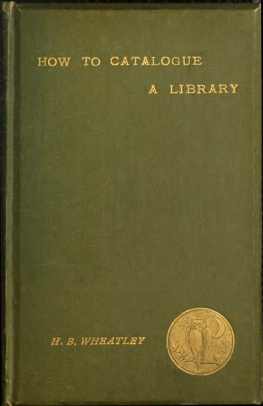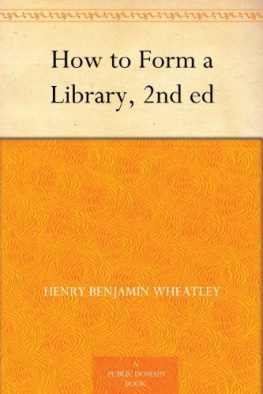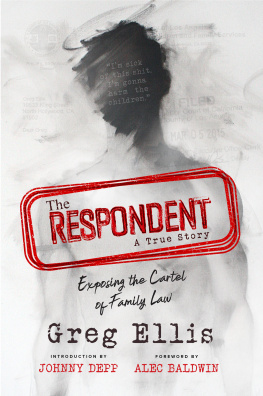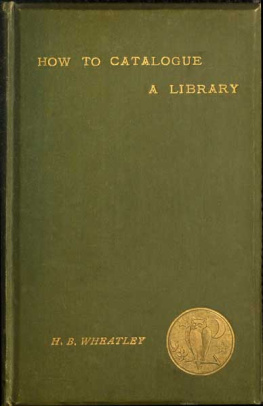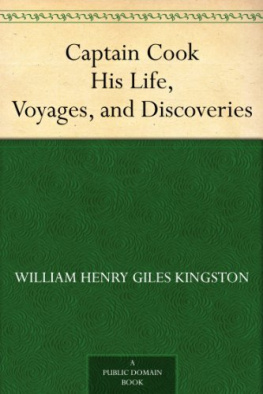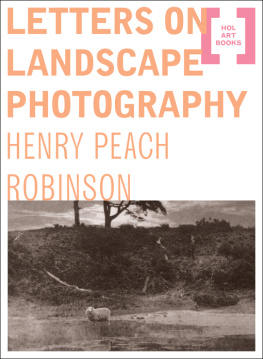The Project Gutenberg eBook, How to Catalogue a Library, by Henry B. (Henry Benjamin) Wheatley
This eBook is for the use of anyone anywhere at no cost and with almost no restrictions whatsoever. You may copy it, give it away or re-use it under the terms of the Project Gutenberg License included with this eBook or online at www.gutenberg.org
Title: How to Catalogue a Library
Author: Henry B. (Henry Benjamin) Wheatley
Release Date: January 10, 2013 [eBook #41813]
Language: English
Character set encoding: UTF-8
***START OF THE PROJECT GUTENBERG EBOOK HOW TO CATALOGUE A LIBRARY***
E-text prepared by Adrian Mastronardi, C.S. Beers,
and the Online Distributed Proofreading Team
(http://www.pgdp.net)
from page images generously made available by
Internet Archive/American Libraries
(http://archive.org/details/americana)
| Note: | Images of the original pages are available through Internet Archive/American Libraries. See http://archive.org/details/howtocatalogueli00wheaiala |
The Book-Lover's Library.
Edited by
Henry B. Wheatley, F.S.A.
HOW TO
CATALOGUE A LIBRARY
BY
HENRY B. WHEATLEY, F.S.A.
Author of "How to Form a Library," "The Dedication of Books,"
etc., etc.
LONDON
ELLIOT STOCK, 62 PATERNOSTER ROW
1889
PREFACE.
Those who are interested in library work are constantly asked where a statement of the first principles of cataloguing may be found, and the question is one which it is not easy to answer. Most of the rules which have been printed are intended for large public libraries, and are necessarily laid down on a scale which unfits them for use in the making of a small catalogue. I have divided out the subject on a plan which I hope will commend itself to my readers, and, after discussing the most notable codes, I have concluded with a selection of such rules as I trust will be found useful by those who are employed in making catalogues of ordinary libraries.
Here I must express the hope that my readers will excuse the frequent use of the personal pronoun. If the use of "I" could have been avoided, I would gladly have avoided it; but as the main point of the book is the discussion of principles and theories, it seemed to me that such value as the book may possess would be entirely destroyed if I did not give my own opinions, founded upon a somewhat long experience.
In dealing with a subject such as this, I cannot hope to convince all my readers, but I trust that those who disagree with my arguments will be willing to allow them some force.
The compilation has been attended with constant feelings of regret in my own mind, for almost every page has brought up before me the memory of two men with whom I have at different times discussed most of the points here raised,two men alike in their unselfish devotion to the cause of Bibliography. Mr. Henry Bradshaw's work was more widely known, but Mr. Benjamin R. Wheatley's labours were scarcely less valued in the smaller circle where they were known, and both brought to bear upon a most difficult subject the whole force of their thoroughly practical minds. I have learned much from both, and I have felt a constant wish to consult them during the preparation of these pages.
All those who prepared the British Museum rules are gone from us; but happily cataloguers can still boast of Mr. Cutter of Boston, one of the foremost of our craft. Mr. Cutter has prepared a most remarkable code of rules, and has not only laid down the law, but has also fearlessly given the reasons for his faith, and these reasons form a body of sound opinion. May he long live to do honour to Bibliography, a cause which knows no nationality.
H. B. W.
October, 1889.
CONTENTS.
| Chap. | Page |
| I. | Introduction.
What is a Catalogue?Vulgar ErrorsA Good Cataloguer attempts to put himself in the Seeker's PlaceJudicious Shortening of TitlesDifference between Cataloguing and Bibliography-makingA Universal CataloguePrinting of the British Museum CatalogueDifferent Classes of CataloguesClassified and AlphabeticalCatalogue RaisonnIndex CataloguesMr. Bradshaw's ViewNeed of CareNo Jumping to ConclusionsDifferent Styles of CataloguesPurton Cooper's Sale Catalogues |
| II. | Battle of the Rules.
British Museum Foremost in the RacePrinted Catalogues of the Museum Panizzi's FightEvidence before the Royal CommissionPayne Collier's DefeatThe Museum RulesJewett's RulesCambridge University Library RulesLibrary Association Rules adopted by Bodley's LibrarianCutter's Rules for a Dictionary CatalogueTriumph of the Museum |
| III. | Print versus Manuscript .
Panizzi's Objection to PrintParry in Favour of PrintThe British Museum again Foremost in the Race, this time in Printing, thanks to Mr. BondMr. Cutter on the Advantages and Disadvantages of PrintingHow to keep a Printed Catalogue up to DateCard CataloguesStereotypingHenry Stevens's Photo-BibliographyCo-operative Cataloguing |
| IV. | How To Treat a Title-Page.
Author: Cutter's Definition of an AuthorCompound NamesPrefixesImaginary AuthorsThe Name by which a Man is generally known to be preferred to that by which he is not known Official NamesNames of PeersPersonal NamesSovereigns, Saints, and FriarsOriental NamesContraction for Christian NamesDistinction between Christian and SurnamesTreatment of Changed NamesMarried AuthoressesGreek and Roman AuthorsDifficulties in deciding as to the Author of a BookCorporate AuthorshipAcademical Dissertation. Headings other than Author Headings: TrialsCataloguesBibleLiturgiesVoyagesAnonymous and Pseudonymous WorksEvidence before the Commission of 1847-49Arrangement under Initials, under Pseudonyms. The Title: Shortening of TitlesIndication of EditionsAddition to Title-Pages. Place of Publication: DateUse of ChronogramsGreek Dates. Size-Notation: Difficulties Attempted Solution of these Difficulties. Collation |
| V. | References and Subject Index.
References and Cross-ReferencesPress-Marks to ReferencesMode of Referencing Subject Index advocated by Panizzi |
| VI. | Arrangement.
Use of the English AlphabetI and JU and VOrderArrangement of Titles under an Author's NameTransactions of SocietiesPamphlets not to be divided from BooksJournals and Magazines |
| VII. | Something about MSS.
The British Museum CollectionsArrangement of an Ordinary CollectionThe Museum CataloguesCatalogues of Manuscripts more Readable than Catalogues of Printed Books |
| VIII. | Rules for a Small Library.
Headings: Author (1-11)Non-Author (12-19)The Title (20, 21)Place of Publication (22)Date (23, 24)Size-Notation (25)Collation (26)Abstract of Contents (27)References (28-31)Arrangement (32-45)Manipulation (52) |
| Appendix. List of Latin Names Of Places |
| Index |

HOW TO CATALOGUE A LIBRARY.

